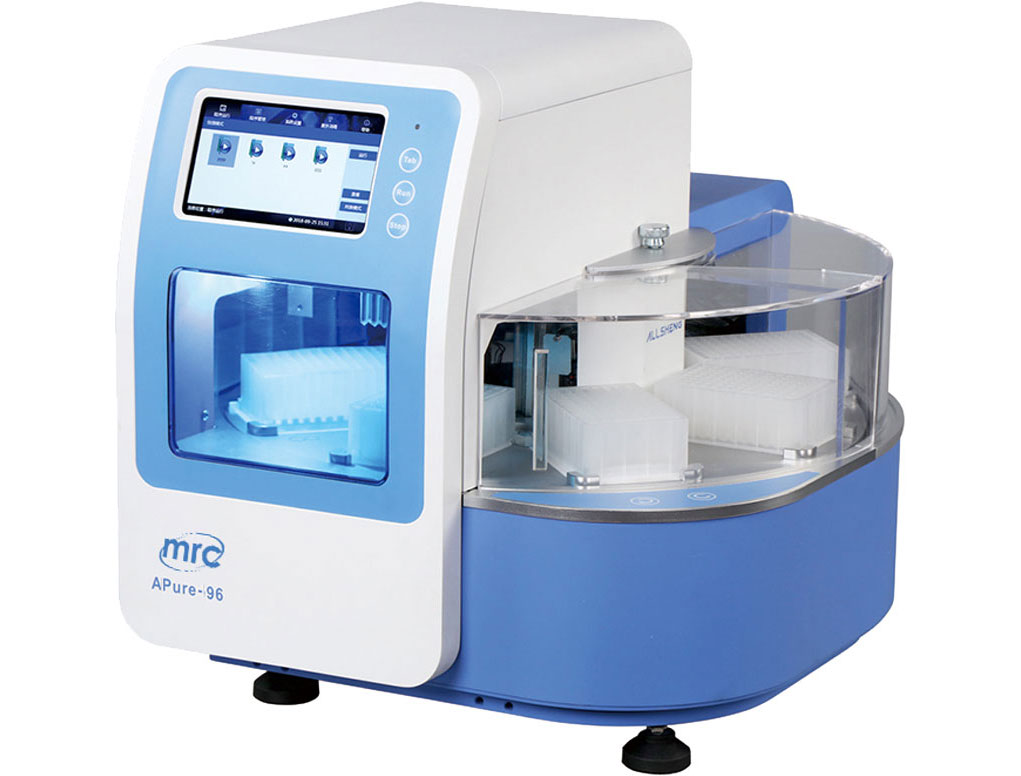A Nucleic Acid Purification System is a type of laboratory equipment designed to isolate and purify nucleic acids, such as DNA and RNA, from various biological samples (e.g., blood, tissues, cells). The system automates or facilitates the process, making it faster and more efficient compared to manual methods.
Key Functions:
Sample Preparation: Lysis (breaking down cells), binding nucleic acids, washing to remove contaminants, and eluting the purified nucleic acids.
Automation: Many systems are automated, reducing human error and labor in nucleic acid extraction and purification.
Applications: Used in molecular biology, diagnostics, genetic research, forensics, and clinical testing.
What are Nucleic Acids?
Nucleic acids are the molecules that carry genetic information in living organisms. There are two main types:
DNA (Deoxyribonucleic Acid): The molecule responsible for storing genetic information.
RNA (ribonucleic acid) is important in translating the genetic code into proteins and has various other functions within cells.
Why is Nucleic Acid Purification Essential?
Nucleic acid purification is crucial for ensuring the quality of samples used in research or diagnostic procedures. Impure samples can lead to inaccurate results or failed experiments. The purification process ensures that nucleic acids are isolated without contamination, such as proteins or chemicals that might interfere with analysis.
Advantages of Automated Nucleic Acid Purification Systems
Automated systems offer many benefits:
Speed: Processing time is drastically reduced.
High Throughput: They can handle large numbers of samples simultaneously.
Accuracy: Automation reduces the chances of human error.
Consistency: Results are reproducible and reliable.
Applications of Nucleic Acid Purification
Purified nucleic acids are used in:
PCR (Polymerase Chain Reaction): Amplifies DNA for analysis.
Sequencing: To determine the order of nucleotides in a DNA sample.
Cloning: Introducing foreign DNA into organisms.
Gene Expression Analysis: To study how genes are regulated in different conditions.
